Dandelion

What Is Dandelion?
Characteristics of Dandelion
-
Appearance: Dandelions grow as a basal rosette of lance-shaped leaves with jagged edges pointing towards the plant’s centre.
-
Leaves: The leaves have irregular lobes that vary in depth and size, and they can grow up to 45 cm long.
-
Flowers: Bright yellow flower heads consist of many tiny florets, giving them a composite appearance. Each stem produces one bloom.
-
Seed Heads: After flowering, dandelions produce fluffy white seed heads containing hundreds of parachute-like seeds that the wind disperses.
-
Taproot: The thick taproot can grow up to 15 cm deep, anchoring the plant firmly in the soil.

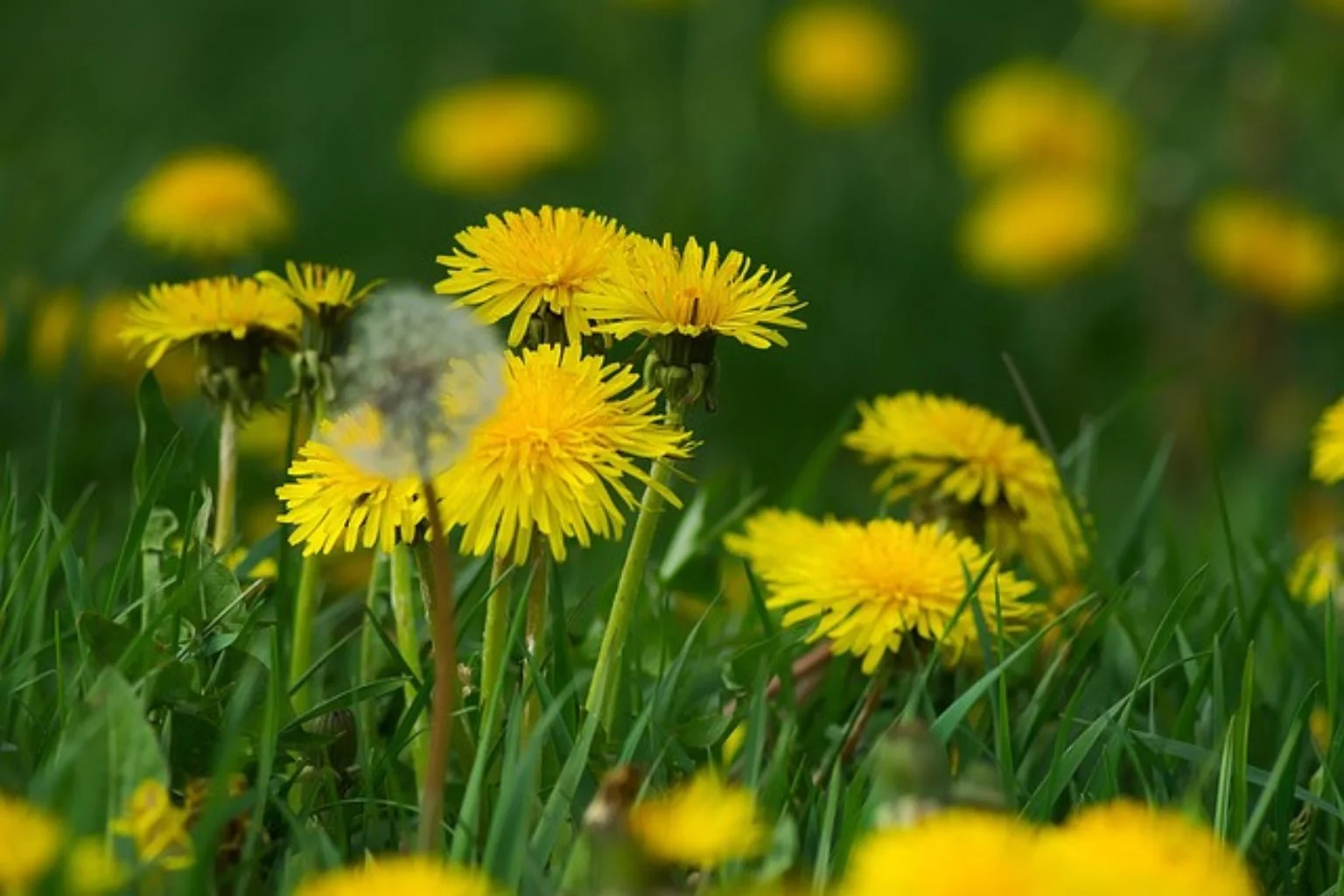
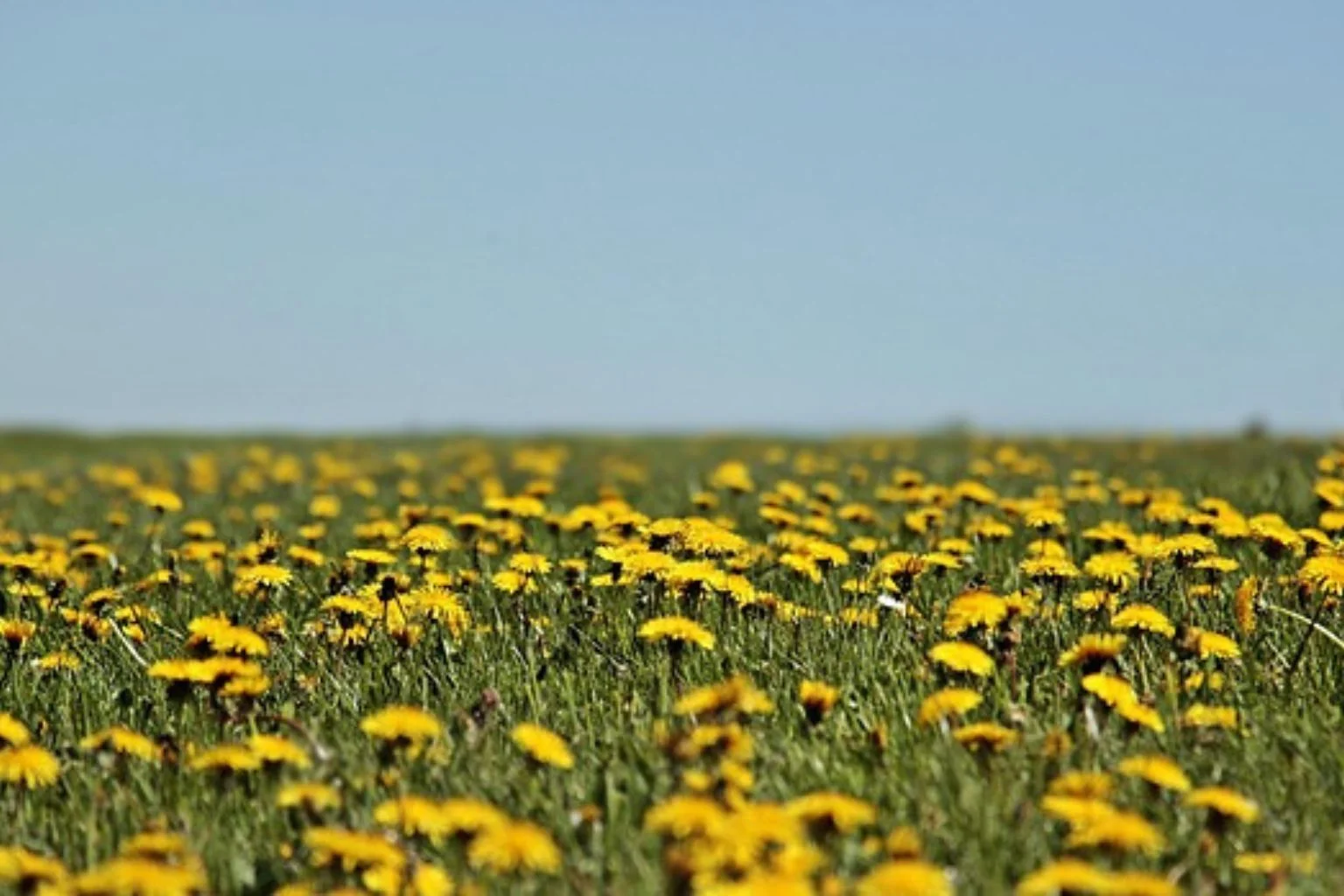
Why Is It A Problem?
Dandelions grow quickly and fight with grass and other plants for water, nutrients, and sunlight. Their seeds float on the wind, helping them spread fast over big areas. They have deep roots, and if even a small piece is left behind, the plant can grow back.
How They Affect the Environment
-
Seed Spread: Their light seeds travel far in the wind and quickly take over new areas.
-
Plant Competition: Dandelions push out native plants and grass, which lowers the variety of plants in the area.
Impact on Farms and Pastures
-
Crop Problems: Dandelions steal water and nutrients from crops, which can lower harvests.
-
Poorer Pasture: In paddocks, they take over good grass, making it harder for animals to find good food.
How to Identify Dandelion
You can identify dandelions by their bright yellow composite flower heads growing on hollow stems that exude milky sap when broken. Their jagged-edged leaves form a basal rosette at ground level. After flowering, fluffy white seed heads appear and disperse easily by wind.
Effective Methods
Yellow Flowering Weeds Management
Look After Your Lawn
Feed your lawn regularly, water it well but not too often, and mow at the right height. A thick, healthy lawn makes it hard for dandelions to grow.
If the soil is hard or packed down, aerate it to help water drain better and stop dandelions from spreading.
Remove Them by Hand
Pull out dandelions when the soil is wet (after rain works best). Use a weeding tool or your hands, and try to get the whole root so they don’t grow back.
Mow your lawn often to stop dandelions from flowering and spreading seeds—but mowing won’t kill the deep roots.
Use Weed Killers Carefully
Use selective herbicides with ingredients like 2,4-D or dicamba. These kill dandelions without hurting your grass. Spray during spring or autumn for best results.
For small patches, just spray the dandelions. This saves product and protects other plants.
Stop Them Coming Back
Pull out dandelions before they grow fluffy seed heads so they can’t spread.
Check your lawn regularly and remove new dandelions early before they take over.





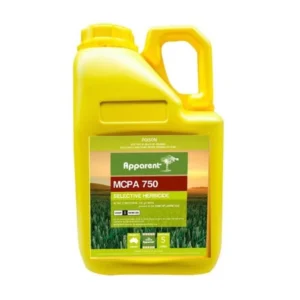
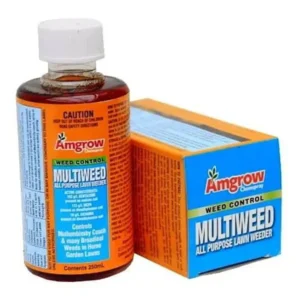

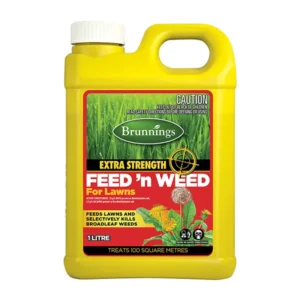
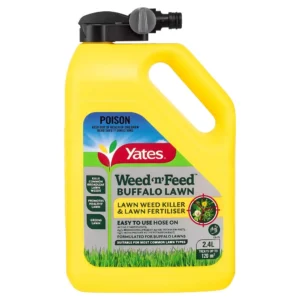
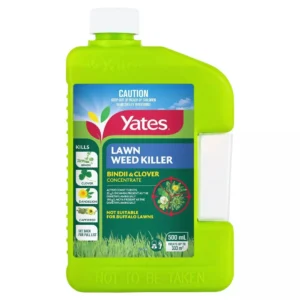
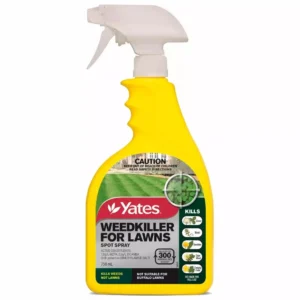
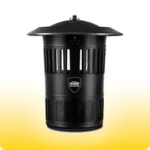 Mosquito Traps
Mosquito Traps